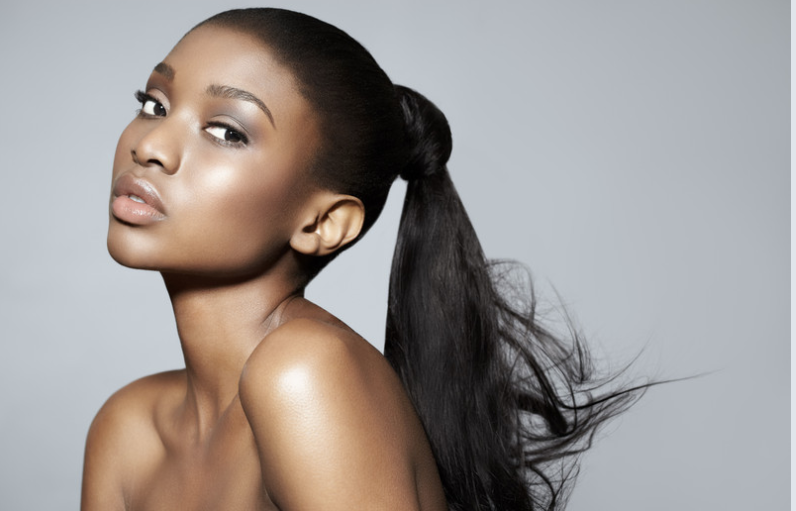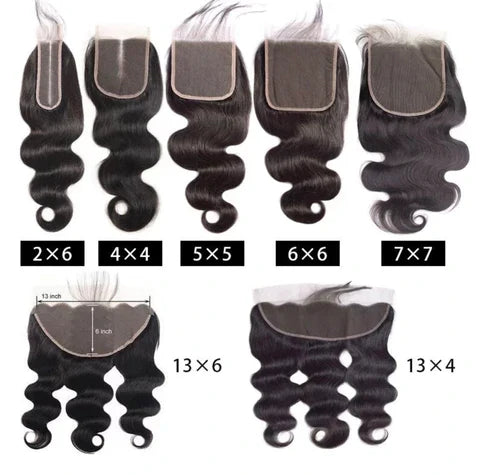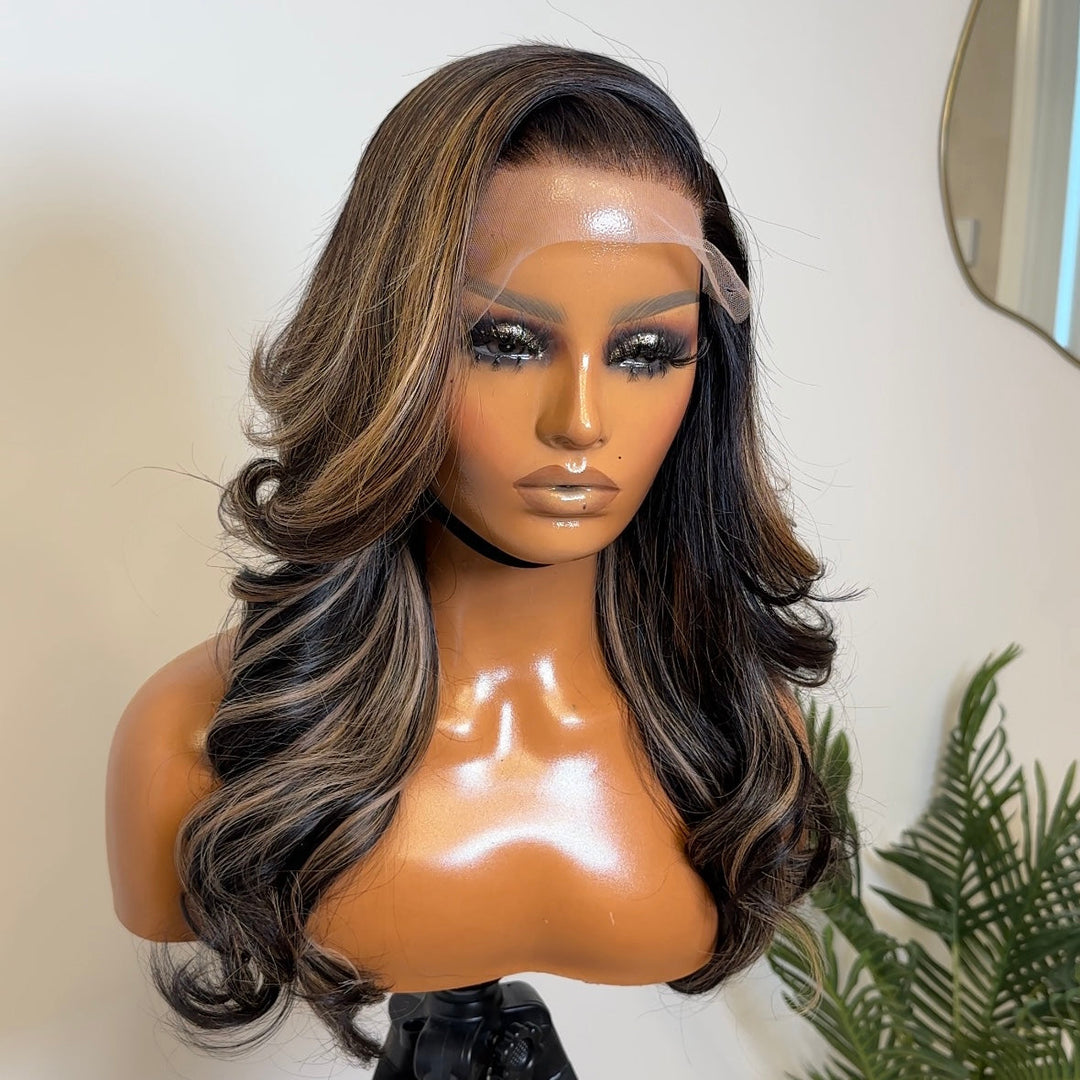Best Wigs for Alopecia
Since we are not in the medical field, we are not experts on this subject, but we know that hair loss as a result of Alopecia can be gradual or sudden.
At the Hair Site, we receive hair loss questions every day about the best wigs for alopecia patients to wear. One time, a customer asked for a wig for her 5-year-old daughter who was suffering from Alopecia.
But regardless of the type or cause of hair loss, our customers need to regain their confidence. When it comes to hair loss, there are many solutions, including but not limited to Toupees and Wigs for beginners.
Many people choose to wear wigs every day as a hair solution to cover their bald patches The wigs we offer at The Hair Site look so realistic that people think it is your real hair.
The most practical wigs we have are lace front wigs which are made from human hair. They are made from scratch with lace in the front and wefts at the back.
We have different textures, straight, wavy, and curly, depending on your preference. The most important thing to note is that you should get a wig that is practical and can be used daily and removed at night time, this is the most convenient way to use a wig and this is why hundreds of our customers choose glueless closure wigs.
Check out our wig collection today and we wish you good health always.
At the Hair Site, we receive hair loss questions every day about the best wigs for alopecia patients to wear. One time, a customer asked for a wig for her 5-year-old daughter who was suffering from Alopecia.
But regardless of the type or cause of hair loss, our customers need to regain their confidence. When it comes to hair loss, there are many solutions, including but not limited to Toupees and Wigs for beginners.
Many people choose to wear wigs every day as a hair solution to cover their bald patches The wigs we offer at The Hair Site look so realistic that people think it is your real hair.
The most practical wigs we have are lace front wigs which are made from human hair. They are made from scratch with lace in the front and wefts at the back.
We have different textures, straight, wavy, and curly, depending on your preference. The most important thing to note is that you should get a wig that is practical and can be used daily and removed at night time, this is the most convenient way to use a wig and this is why hundreds of our customers choose glueless closure wigs.
Check out our wig collection today and we wish you good health always.






Leave a comment